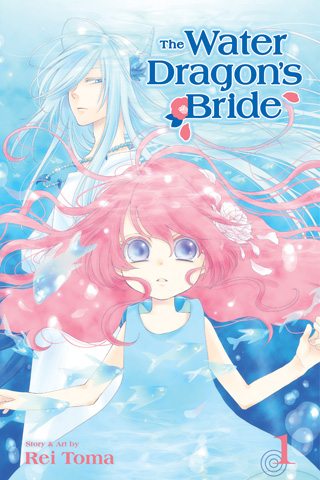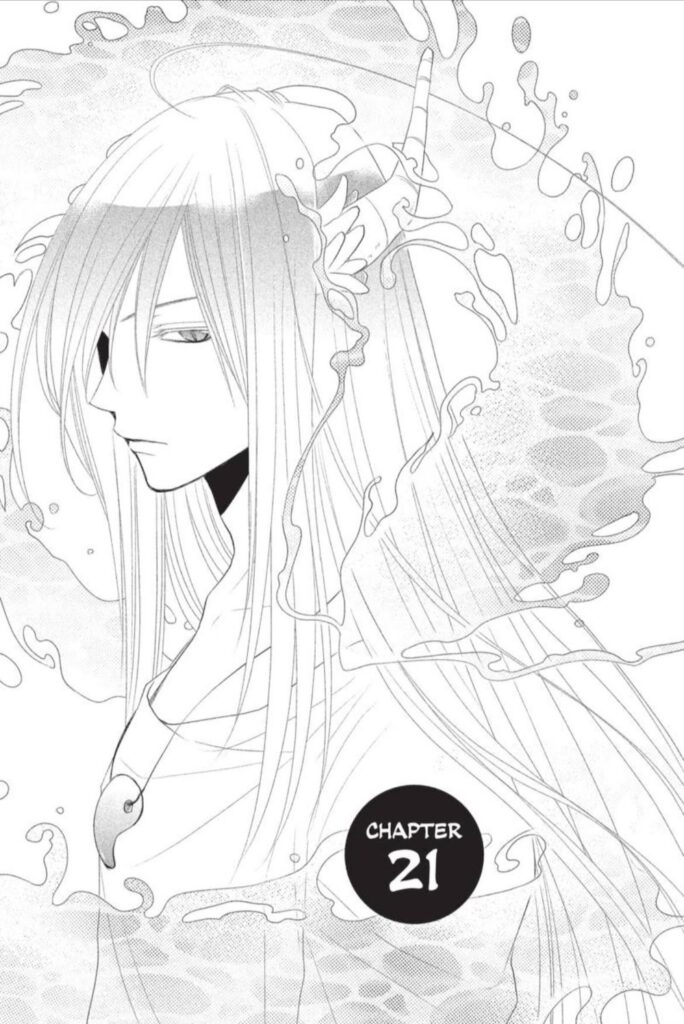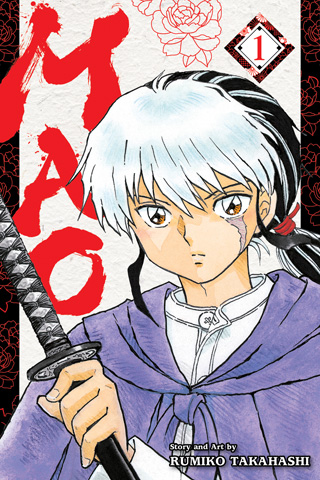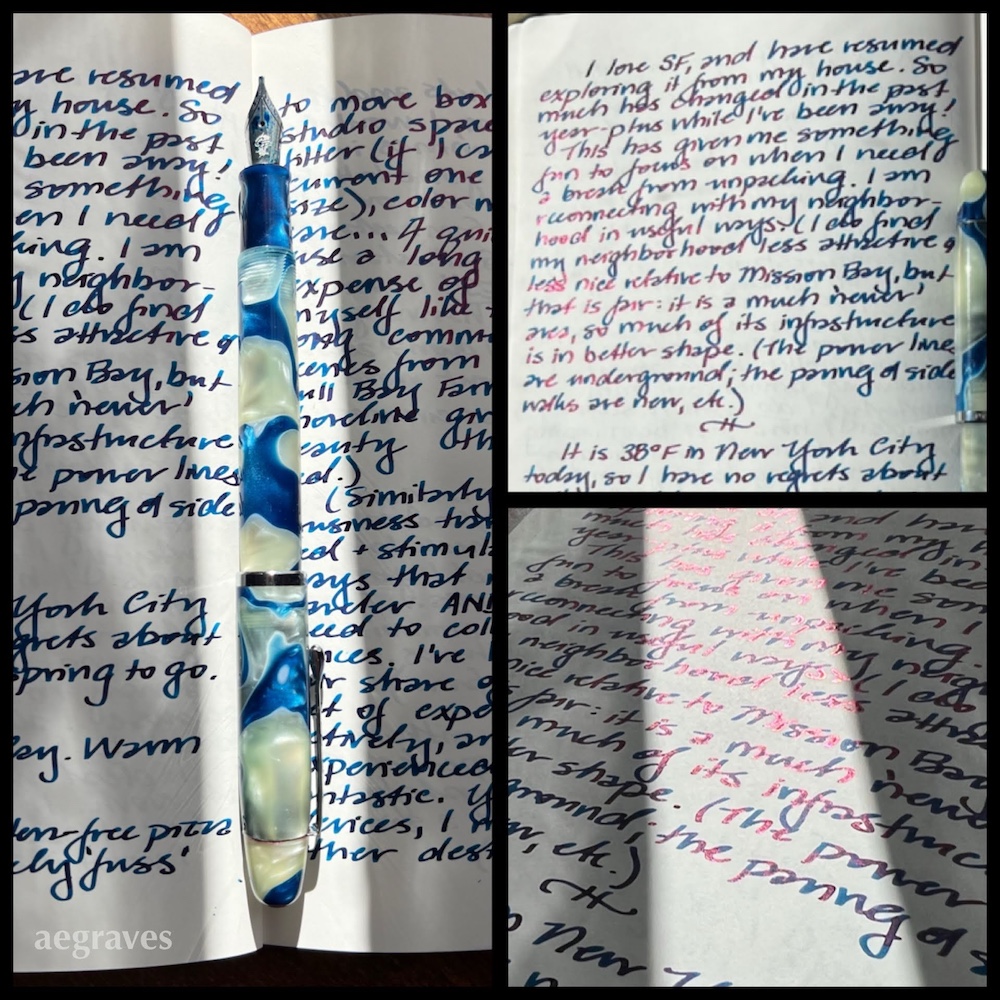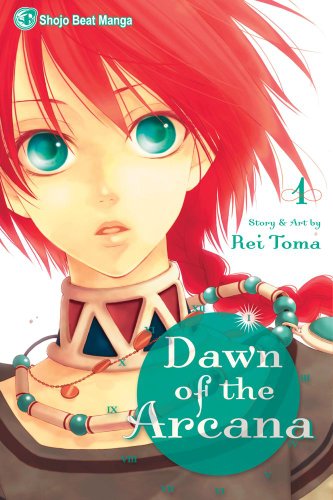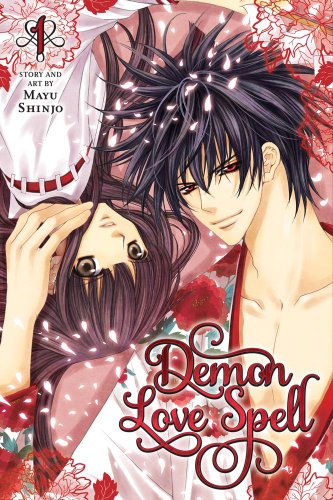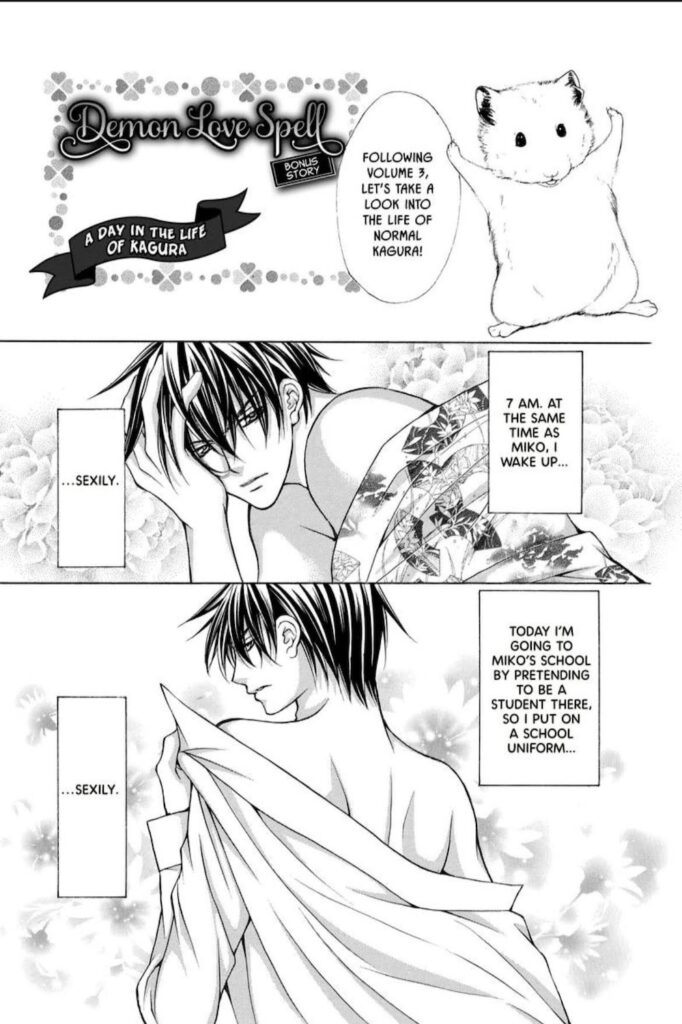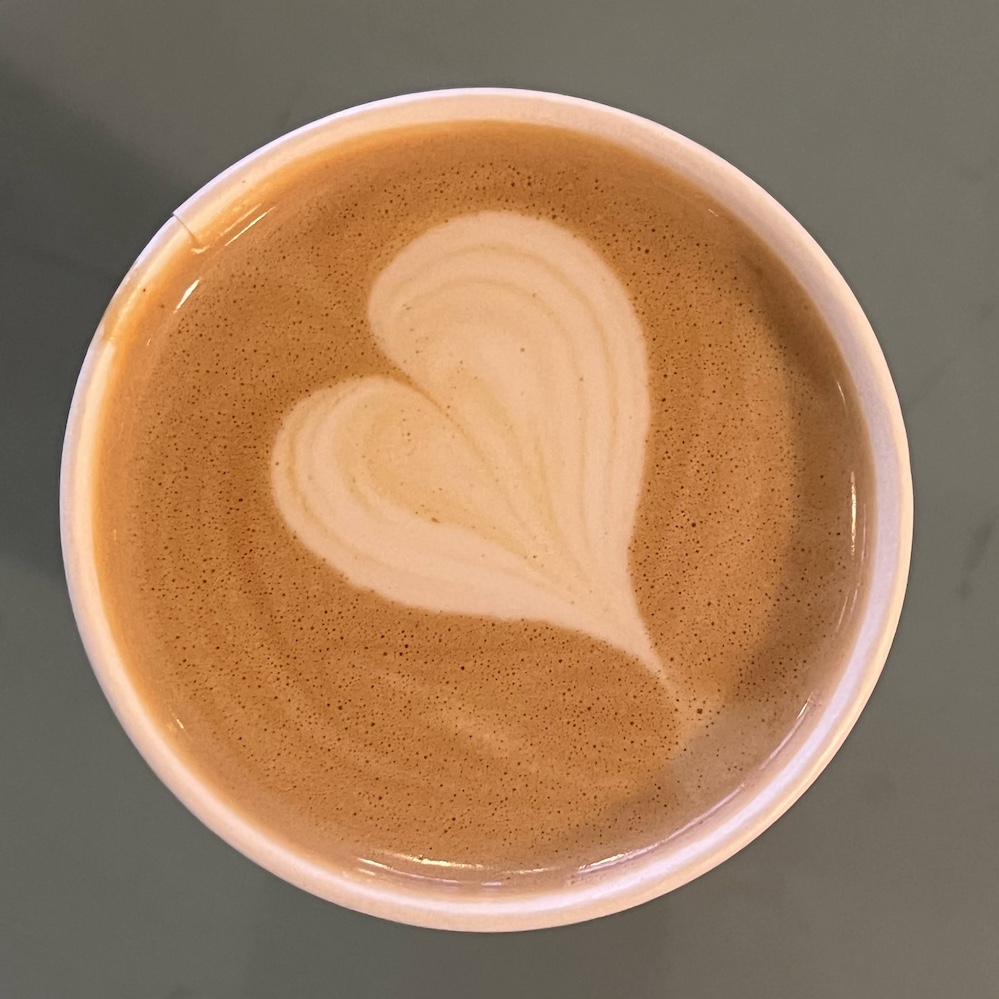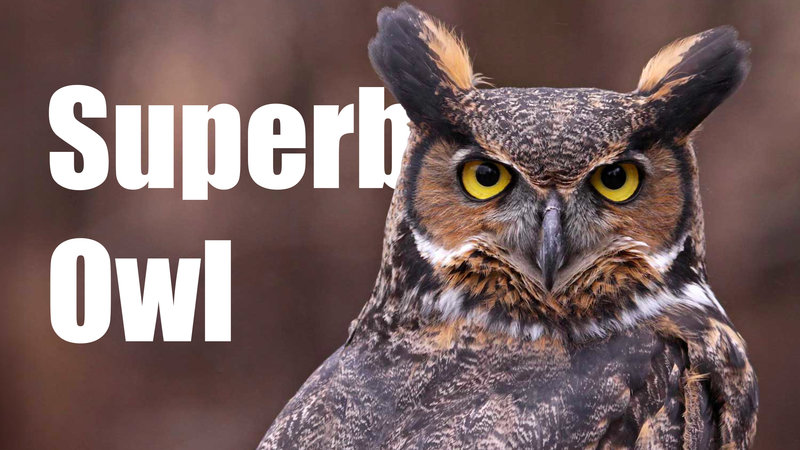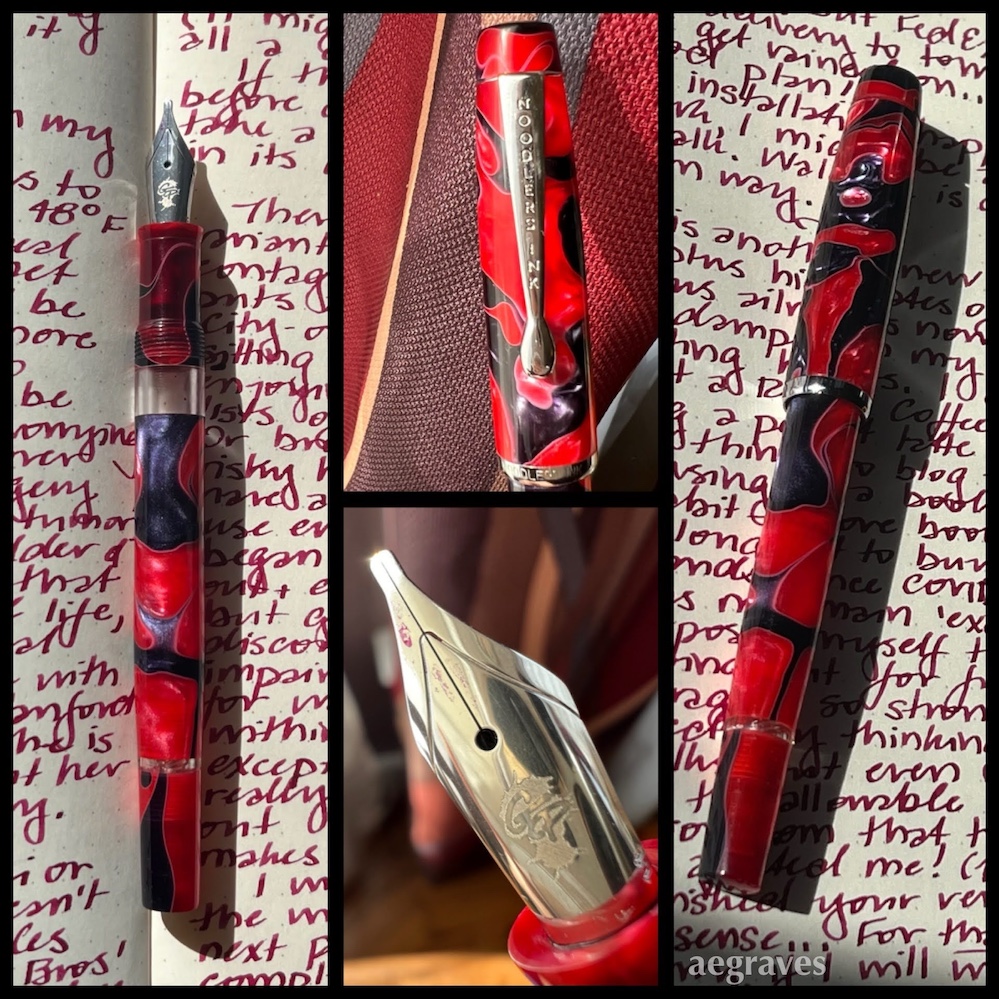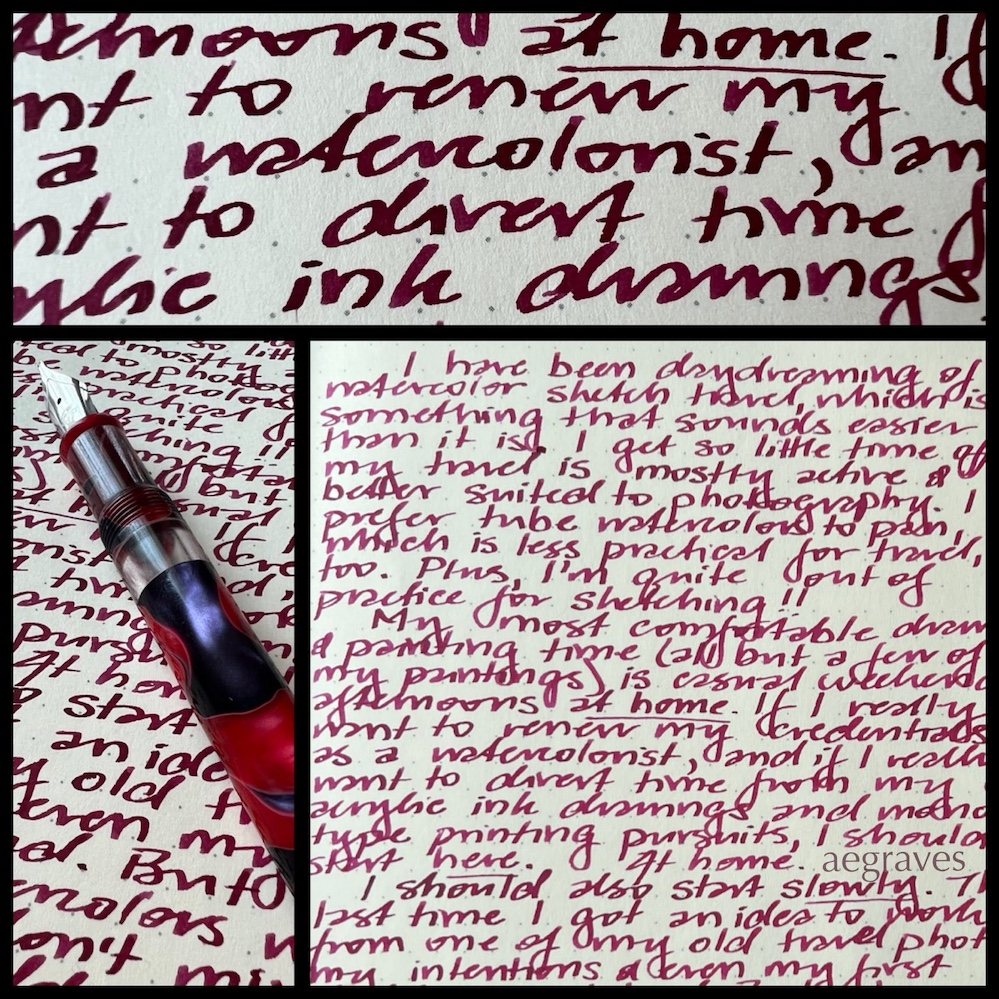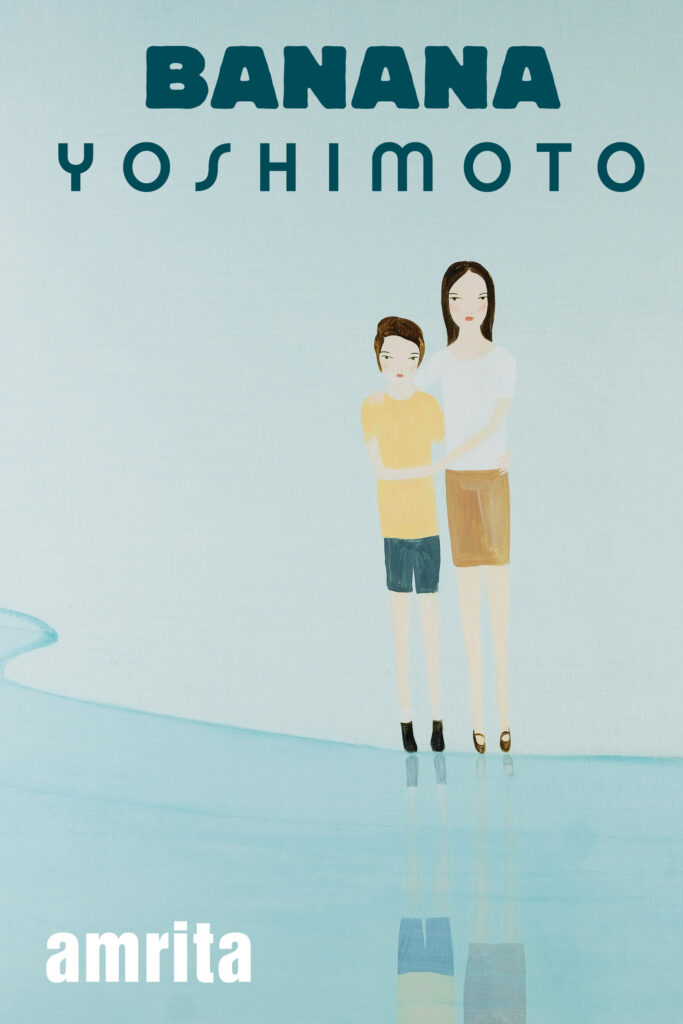
Amrita
by Banana Yoshimoto
published in English by Grove Press
1997 (Japanese original published in 1990)
Sakumi, a bereaved older sister who is drifting through life, falls on snowy steps, hits her head, and loses much of her memory. Her friends earnestly remark that she seems like an entirely different person.
But what does that MEAN?
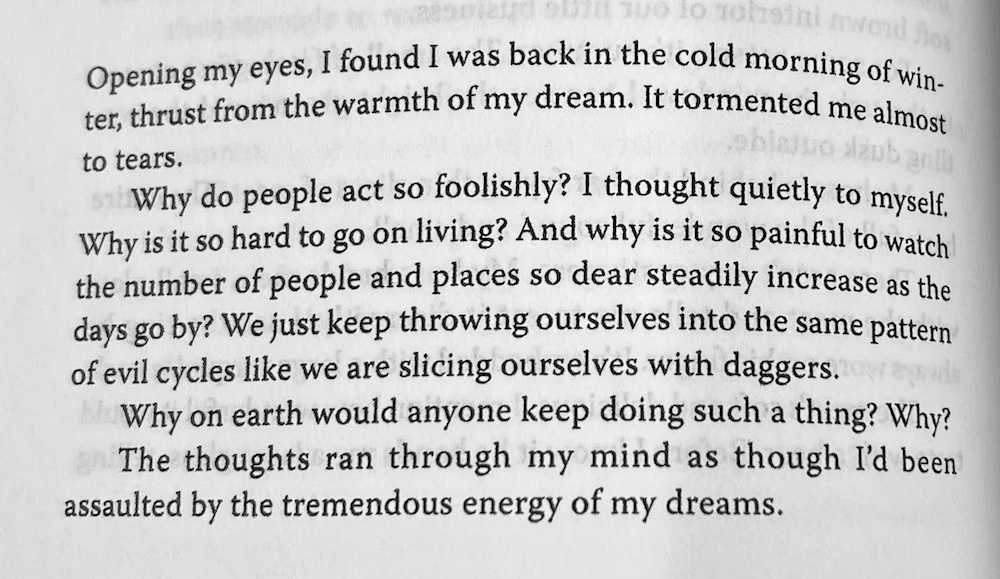
Yoshimoto’s writing style when expressing Sakumi’s struggles with her memory loss can be very emotional, and include analogies that are quirky (likely naturally quirky, retaining their quirkiness in translation).
Sakumi tries to live without her full memory, though this is stressful. Meanwhile, she continues to mourn her dead younger sister, support her struggling young half-brother, and find her way to BE. In time, she finds ways to appreciate the world’s beauty while interacting with an odd collection of friends, relatives, and acquaintances who are each trying their best to enjoy life on their own terms.
While Sakumi takes time to appreciate the way lacy curtains look in the sun or to deeply feel the suffocating presence of ghosts who died in battle on a tropical island, her reconciliation with her situation and ability to enjoy life by being fully present in the moment give the book an ultimately soothing vibe.

